Vrbo has established itself as one of the most popular vacation rental platforms in the world, offering travellers over 2 million unique accommodations worldwide. However, in a market where providing a great guest experience is essential to getting positive reviews and repeat bookings, hosts on Vrbo are continually seeking ways to stand out and provide exceptional stays.
One of the best ways to improve your guests’ experience is by creating a welcome book that contains all the information they’ll need about your property and the surrounding area. Not only can this help to resolve issues and answer questions without taking any of your time, but it also helps to create a more personalised experience that will give your guests a positive impression and increase the likelihood of positive reviews and repeat bookings.
But how do you actually create a Vrbo welcome guide? And what should you include?
This is where Touch Stay steps in! Our digital welcome books offer Vrbo hosts a comprehensive solution to enhance their guests’ experience and streamline their hosting operations.
What to include in a Vrbo welcome guide
There are many different kinds of guest information book for all kinds of properties, and when you’re setting out to create one then it’s understandable to wonder what you actually need to include. Here’s an overview of the different sections you should include in your Vrbo welcome guide and details of what each one should cover.
Contact details
One of the most important things that you need to include in your welcome book is your contact details. You may have shared these with your guests before they arrive, but it’s really important that you can be reached in an emergency and contact details like a phone number are the best way to do this.
Your name and how to contact you should be right at the front of your Vrbo welcome book so that they can be accessed easily. You might want to specify whether there are times that you can only be reached in an emergency, and you may also want to give a backup set of details for guests if they really can’t get hold of you.
A phone number is perhaps the best way to let your guests get in touch, but if you also have an email address for your rental property then you can leave that here as well. This is useful if you want to encourage guests to leave reviews or if they have a non-urgent question or suggestion during their stay.
Along with your contact details and guidance on when these should be used, it’s also useful to list details of other local services that your guests might need in an emergency. This includes things like where the nearest hospital is, contact details for a local doctor surgery and pharmacist, directions to the nearest police station, telehealth options. e.g., scripts online, and other similar services.
Property background
This isn’t a necessary section to include in your holiday property welcome book, but including some information about the history of your rental property can be a really nice touch that creates a more meaningful experience for your guests.
It doesn’t matter the age of the property, although if there’s a long and interesting history then that’s great. But you can talk about how long you’ve owned the property, what you like about it and the kind of experience that you’re trying to create for your guests.
Directions and transport guidance
Something you’ll find in almost every holiday let welcome book template is a section with directions and transport guidance to help guests get to your property. This is a particular feature in digital guidebooks that guests are given access to before they arrive - directions won’t be much use if they’re only available once you’ve actually arrived at the holiday home!
Include a full address and instructions of what to put into a satnav if your guests are arriving by car. It can also be useful to provide some directions from any major roads nearby. If the property is difficult to find or in a more rural area, give detailed instructions on what to look out for and which turns to take.
You might also like to provide travel advice for guests trying to arrive by public transport. List the nearest train stations and how long it takes to travel from them, make note of any local bus services that are close by, and also recommend trustworthy taxi services for guests to use if your property can only be reached by car.
Access information
Access information in a welcome guide involves instructions for how to actually get into the property. If you’re meeting your guests to give them keys then this is pretty straightforward, but plenty of hosts now choose to use key safes or contactless check-in to give their guests more flexibility. Your property might also have a gate or a garage that similarly requires a code to access, or there might even be a lock that is tricky to work that you can provide instructions for.
Access instructions should be listed in the Vrbo welcome guide that your guests are given access to before their stay. If you use codes to give guests access, these can always be sent over on the day of arrival, but the instructions for how to access the property should be shared in advance.
Check-in and check-out information
Similar to access instructions, check-in and check-out information is essential for getting your guests into and out of your property.
Check in details include how to access your holiday home and what time guests can access the holiday home. Check-out details should share what time you expect guests to leave the property and whether there are any tasks that they need to do as part of this, such as stripping the beds or taking out the rubbish.
Amenity guides
Depending on the size of your rental property, you’ll have a range of different appliances that guests can use during their stay. These will range from things like microwaves and coffee makers to hot tubs and wood burning stoves, all of which should have instructions available so that guests know how to use them.
This isn’t just for your guests’ benefit - It also massively reduces the likelihood that something will get broken by being used incorrectly!
You might include the physical copies of instruction manuals in your holiday home, but the guest information book should have these instructions as well so that guests can access them on their phones easily, wherever they are. It can sometimes be useful to use images as well to illustrate instructions which are easy to add when you’re creating an online guest book with a platform like Touch Stay.
House rules
Including your house rules in a Vrbo welcome guide is another good way to minimise accidents and damage done to the property and its facilities. It also clearly outlines how you expect your guests to behave and establishes the consequences of failing to follow these rules, such as not getting back part of a deposit.
House rules vary a lot depending on the kinds of holiday let you have and the typical guests that come and stay there. Many properties have rules against hosting parties or making noise after a certain time, but you might also request things like removing shoes before entering certain parts of the house or not taking any towels that have come with the property outside.
You might also have a copy of your house rules displayed somewhere in the property, but including them in your Vrbo welcome guide as well acts as a good reminder and gives guests a heads up about expectations before they arrive.
Local area guide
A final suggested addition to your Vrbo welcome book is a local area guide which gives your guests ideas about what they can do in the area. This is a great way to enhance the experience of staying at your property and help your guests to feel like they’re staying somewhere that really caters to their needs.
Local area guides can include all kinds of things; food recommendations, nearby activities, suggested day trip locations and even some history about the local area. The more personal the recommendations the better!
Why choose Touch Stay?
As experienced Vrbo hosts ourselves, we understand the importance of leaving a lasting impression on our guests. After all, the hospitality industry thrives on the ability to create unforgettable memories. Touch Stay recognises this need and bridges the gap between traditional printed welcome books and the digital age. Here's why Vrbo hosts are increasingly turning to Touch Stay...
Effortless accessibility
One of the most significant advantages of using Touch Stay for a Vrbo welcome guide is the accessibility it provides.
In today's fast-paced world, travellers expect information at their fingertips. With Touch Stay, hosts can create customised digital welcome books that guests can access from their smartphones, tablets, or computers. There are no downloads required and it even works offline!
No more fumbling through paper guides or searching for crucial details; everything is just a click away.
Personalisation
Every guest is unique, and Touch Stay allows hosts to tailor their digital welcome books accordingly. From local restaurant recommendations to house-specific instructions, hosts can curate a personalised experience for each guest. This personal touch not only wows your guests but also drives positive reviews and repeat bookings, both of which are vital for Vrbo hosts.
Real-time updates
In the fast-paced world of travel, things can change rapidly. Whether it's a sudden change in check-in procedures, new property access instructions or new local attractions, hosts need to keep guests informed.
Touch Stay makes this a breeze by allowing Vrbo hosts to update their digital welcome books in real time. Guests always have access to the latest information, ensuring a smooth and stress-free stay.
Sustainability
As environmentally-conscious travellers become more prevalent, providing a digital alternative to printed materials is not just a convenience but a responsible choice. Touch Stay reduces the need for physical, printed guest information books, saving resources and reducing waste. It’s a win-win for Vrbo hosts and the planet!
Enhanced communication
Effective communication is the cornerstone of a successful hosting experience. With Touch Stay, Vrbo hosts can send automated and personalised messages directly to their guests through the handy Memo feature. Whether it’s a warm welcome video message, check-out instructions, or tips on local events, staying in touch with guests has never been easier.
Summary
Becoming a Vrbo host is a straightforward process, and the rewards for hosts who offer an unforgettable guest experience are there for the taking! However or wherever you host, remember that in the hospitality industry, every detail matters. By incorporating Touch Stay into your hosting strategy, you’ll be well on your way to becoming a standout Vrbo host.
Whether you're renting out your home, your glamping site, or your campervan, Touch Stay offers a Vrbo guidebook template for every type of business, empowering you to provide the best guest experience possible.
Try Touch Stay free for 14 days and start creating memorable experiences for your guests and join other hosts who have claimed back their time and elevated their guests' experience.

Ned
Ned has clocked up over 11 years in digital marketing and comms, with a strong focus on creating engaging content for a range of brands and agencies. When he’s not writing, he can be found digging for records, peering through his telescope at the night sky, or onboard his local lifeboat where he volunteers as a crewmember.
Be the first to know!
Join our newsletter for early access to:
- ✅ Free guides
- ✅ Pro tips & tricks
- ✅ Time saving tutorials
- ✅ Latest blog posts
- ✅ Checklists & templates

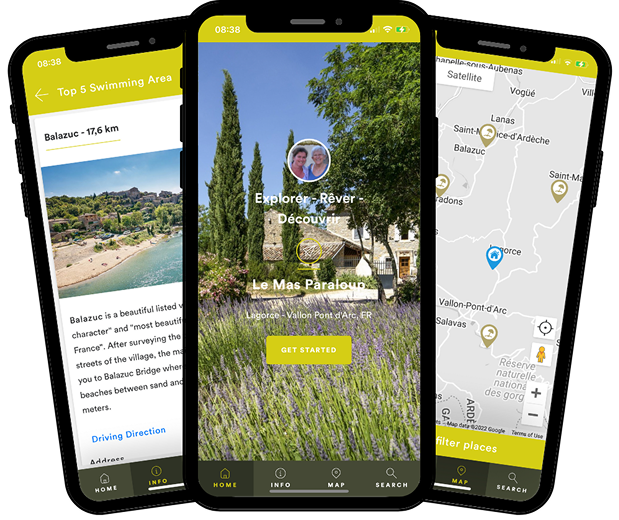


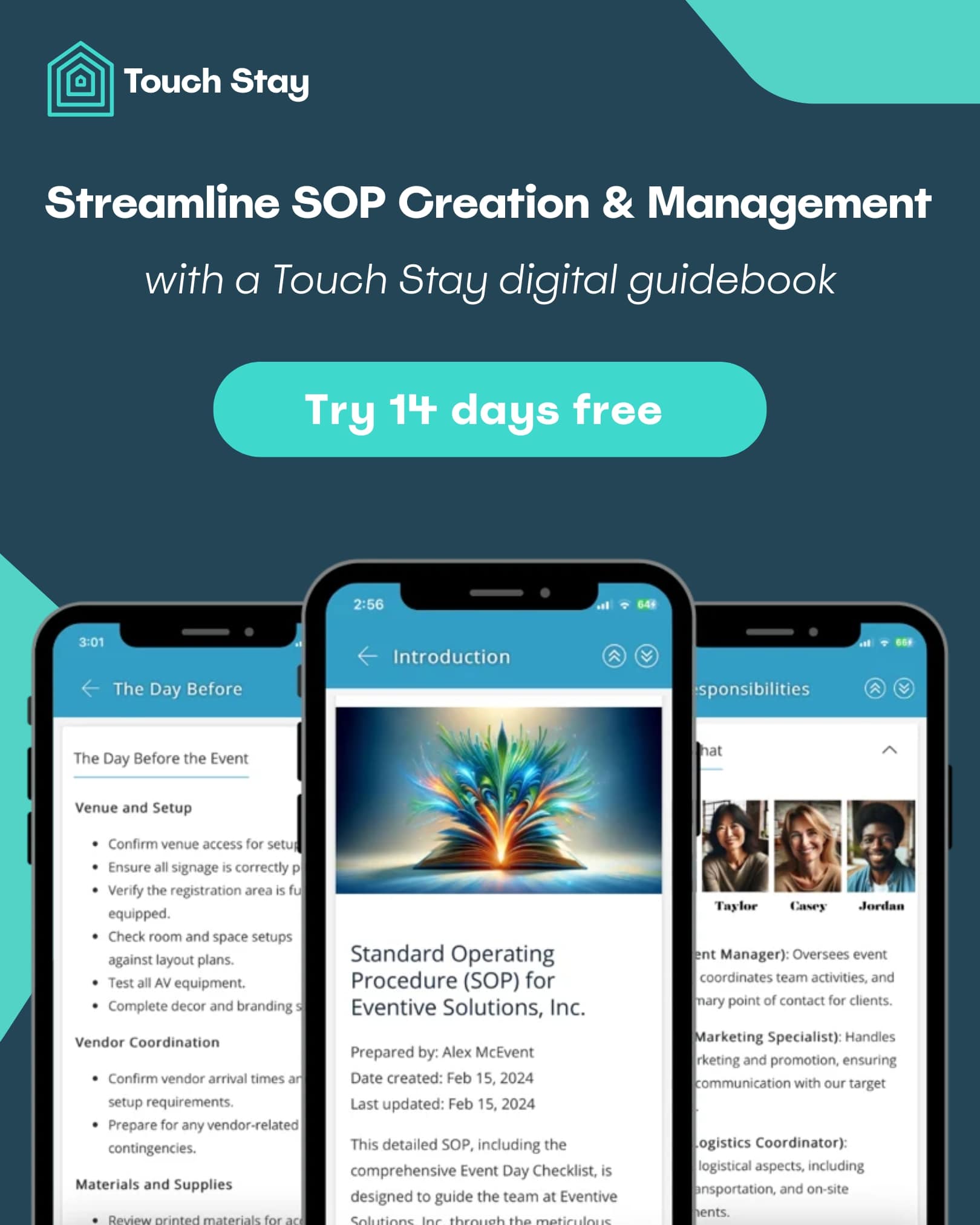
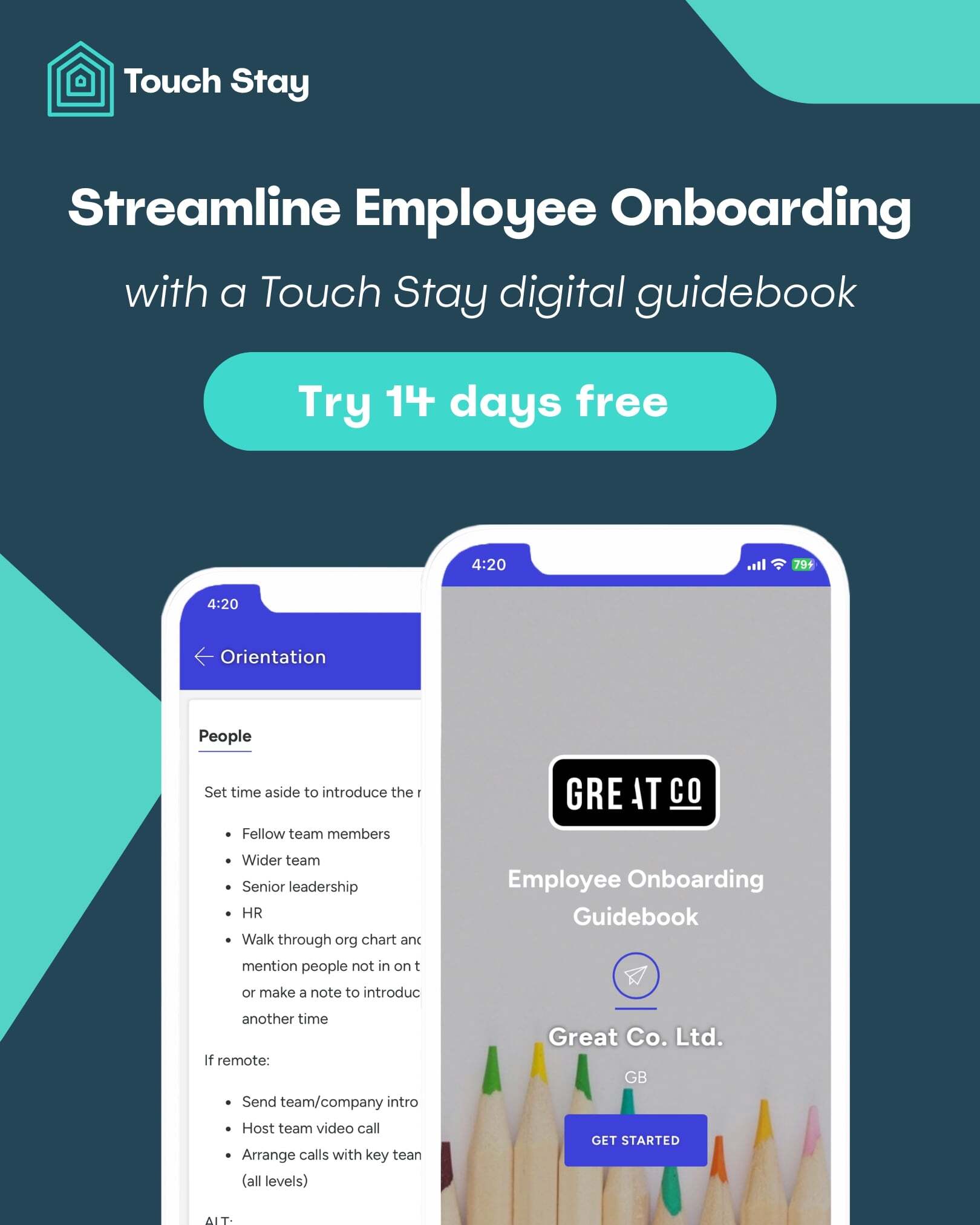
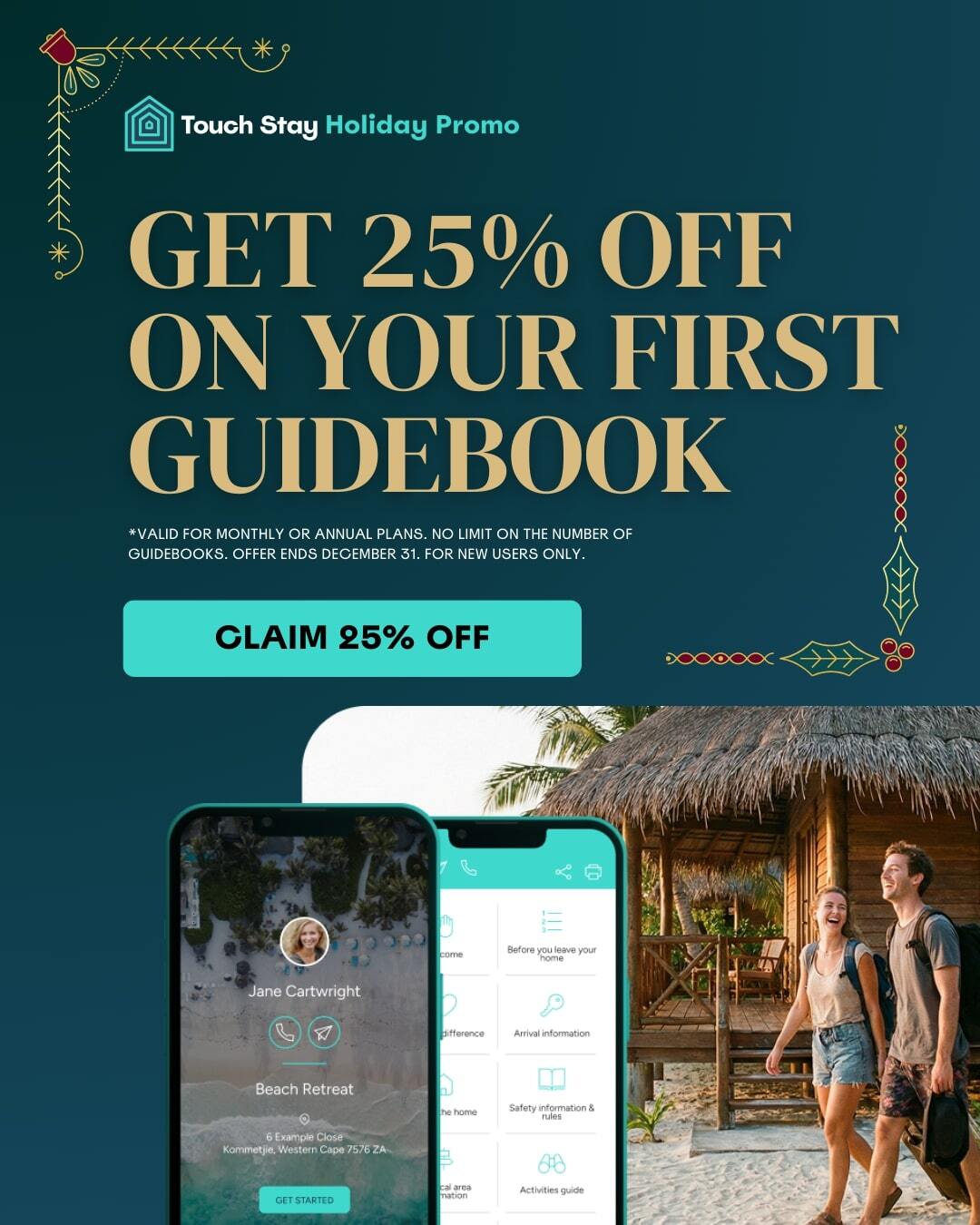







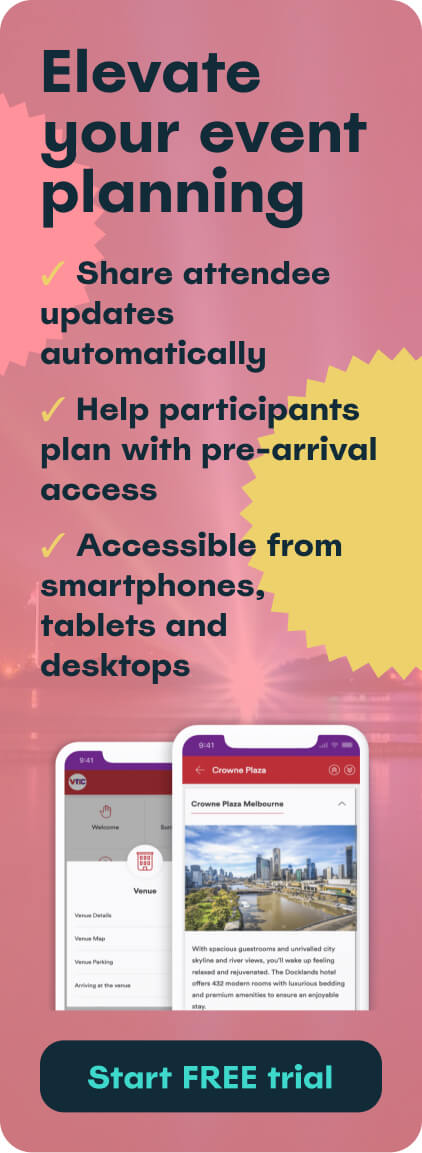
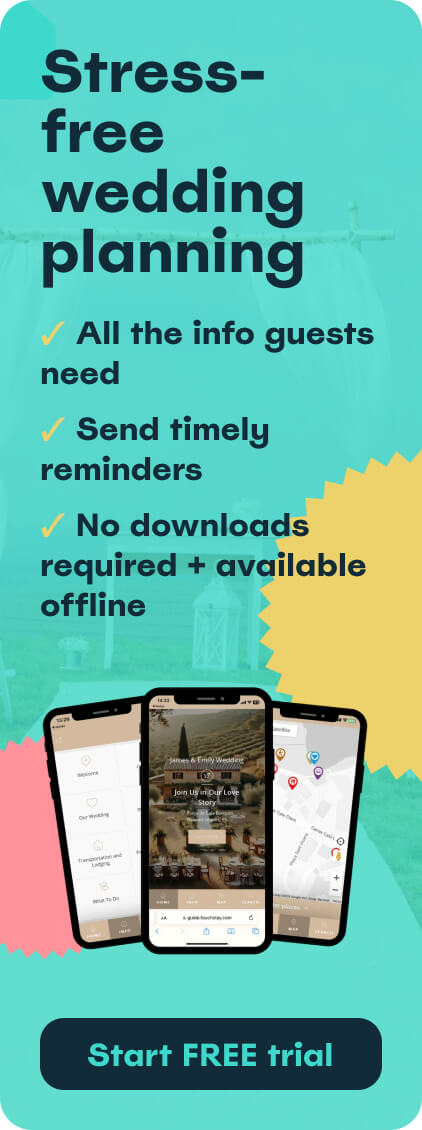
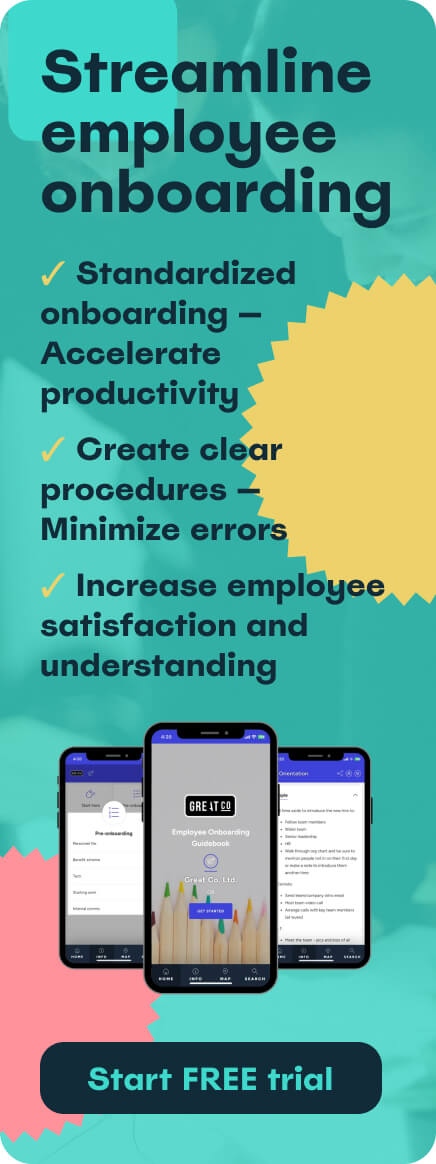
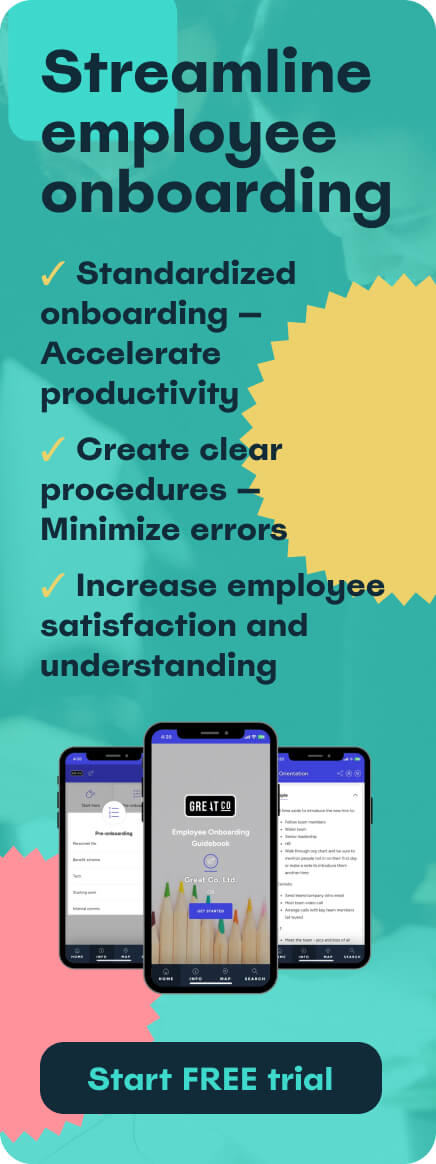
.webp?width=50)

